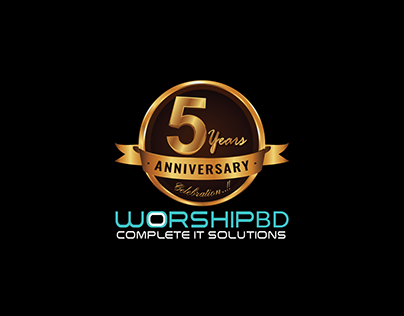A logo is more than just a graphic—it’s the face of your brand, the symbol that embodies its identity, and the visual marker that distinguishes you in a crowded marketplace. Whether you’re launching a new venture or refreshing an established brand, a well-designed logo is essential for making a lasting impression.
In this blog, we’ll explore the importance of logo design, its key elements, and how it helps businesses establish a strong and memorable identity.
What is Logo Design?
Logo design is the process of creating a unique symbol, text, or combination of both that visually represents a brand. It’s not just about aesthetics—it’s about encapsulating the essence of your business in a way that resonates with your target audience. A great logo communicates who you are, what you do, and why it matters.
Why is Logo Design Important?
- First Impressions Matter
Your logo is often the first interaction a potential customer has with your brand. A professionally designed logo sets the tone for what your audience can expect and ensures you’re taken seriously in your industry. - Builds Brand Identity
A logo serves as the foundation of your brand’s identity. It influences everything from your website design to your marketing materials, creating a cohesive and recognizable visual language. - Fosters Recognition and Loyalty
Think about iconic logos like Nike’s swoosh or Apple’s apple. These designs have become synonymous with their respective brands, making them instantly recognizable. A strong logo helps your audience remember and connect with your brand over time. - Differentiates You From Competitors
A unique logo sets you apart in a crowded market. It communicates what makes your brand special and helps you stand out from the competition.
Key Elements of an Effective Logo
- Simplicity
A simple design is versatile and easy to recognize. Complex logos may look impressive initially but can be hard to remember or reproduce. - Memorability
The best logos leave a lasting impression. Whether it’s a clever symbol or a unique color palette, your logo should stick in the minds of your audience. - Relevance
Your logo should reflect your brand’s personality and industry. A playful logo might work for a children’s brand, but not for a financial institution. - Scalability
Your logo should look great on a business card, a billboard, or a smartphone screen. Scalability ensures your logo remains clear and impactful in all sizes and formats. - Timelessness
While trends come and go, a great logo endures. Aim for a design that will remain relevant for years to come.
The Logo Design Process
Creating a logo involves more than just sketching ideas. Here’s how a professional design process typically unfolds:
- Discovery and Research
Understanding your brand, audience, and competitors is crucial. This phase involves gathering insights to ensure the logo aligns with your goals. - Concept Development
Designers brainstorm ideas and create initial sketches based on your brand’s story, values, and objectives. - Design and Refinement
The best concepts are refined into digital designs. Typography, color schemes, and layout are carefully chosen to create a polished look. - Feedback and Iteration
The design is shared with you for feedback. Revisions are made until the logo perfectly represents your brand. - Finalization and Delivery
The final logo is delivered in various formats, ready for use across all platforms, from print to digital.
Common Types of Logos
- Wordmarks
Logos based on typography, such as Google or Coca-Cola. Ideal for brands with distinctive names. - Pictorial Marks
Logos that use a recognizable icon or symbol, like Twitter’s bird or Apple’s apple. - Abstract Marks
Logos that feature geometric shapes or abstract designs, such as Nike’s swoosh. - Combination Marks
Logos that combine text and imagery, like Adidas or Burger King. - Emblems
Logos where text is integrated into a symbol or badge, such as Starbucks or Harley-Davidson.

